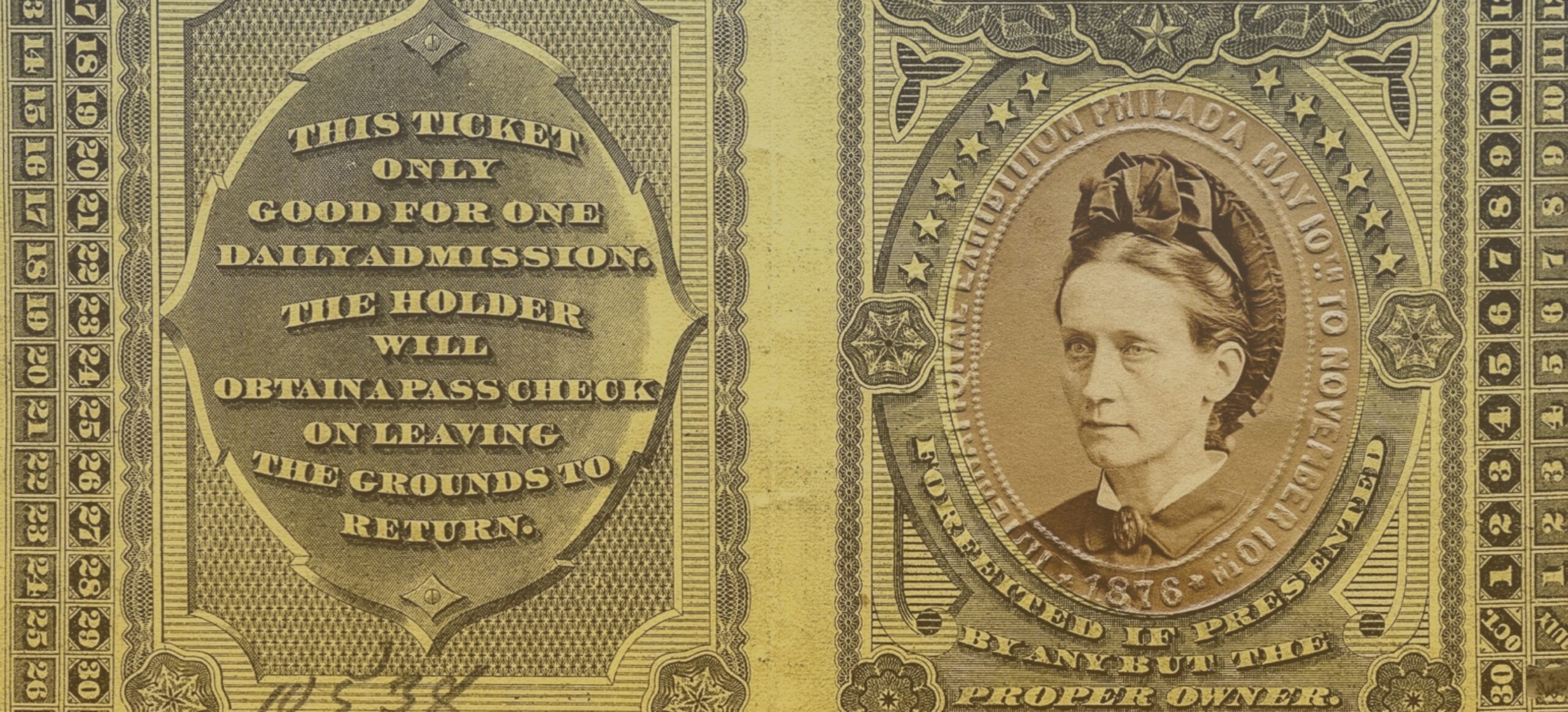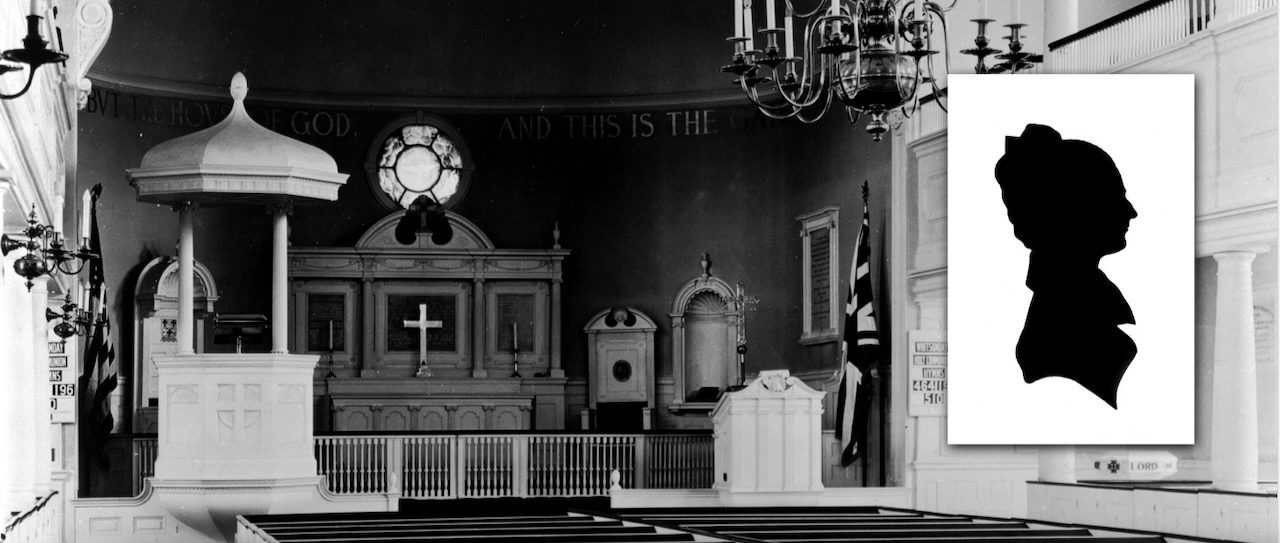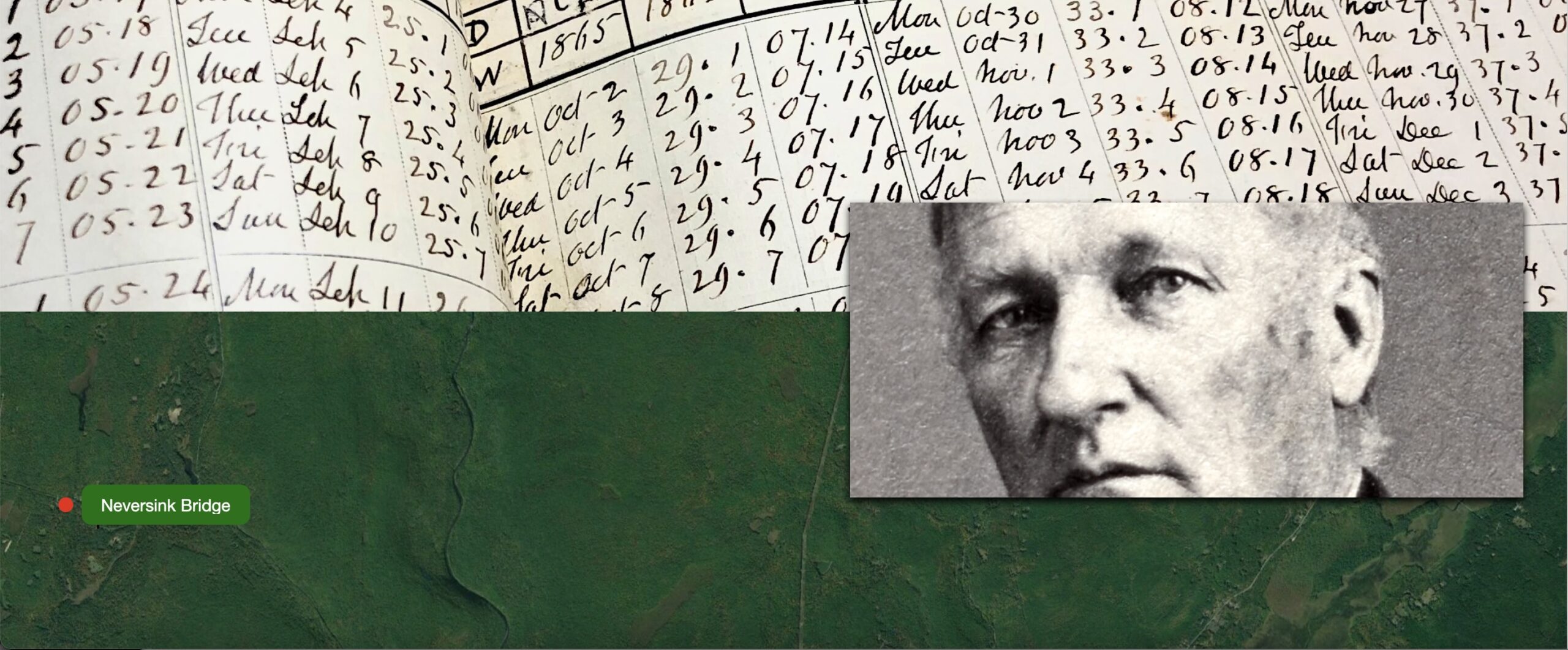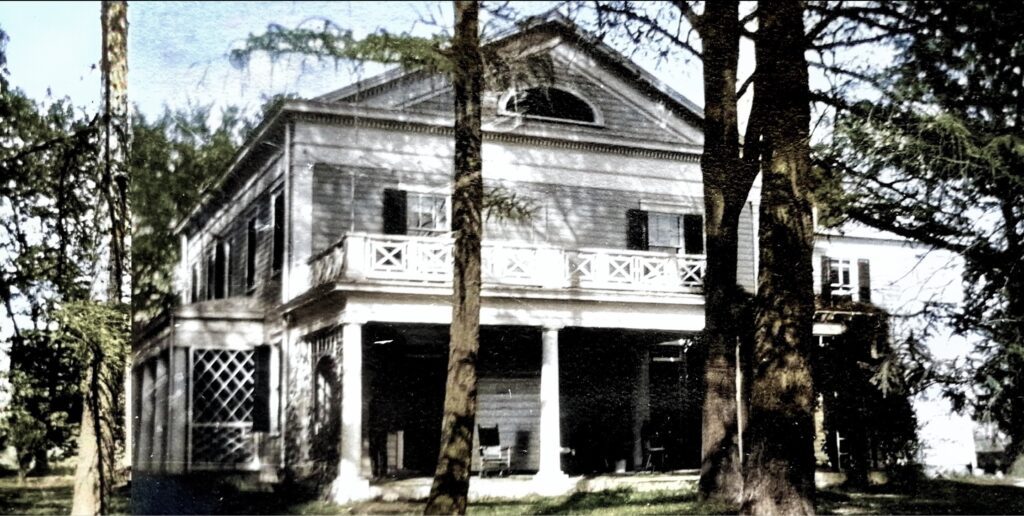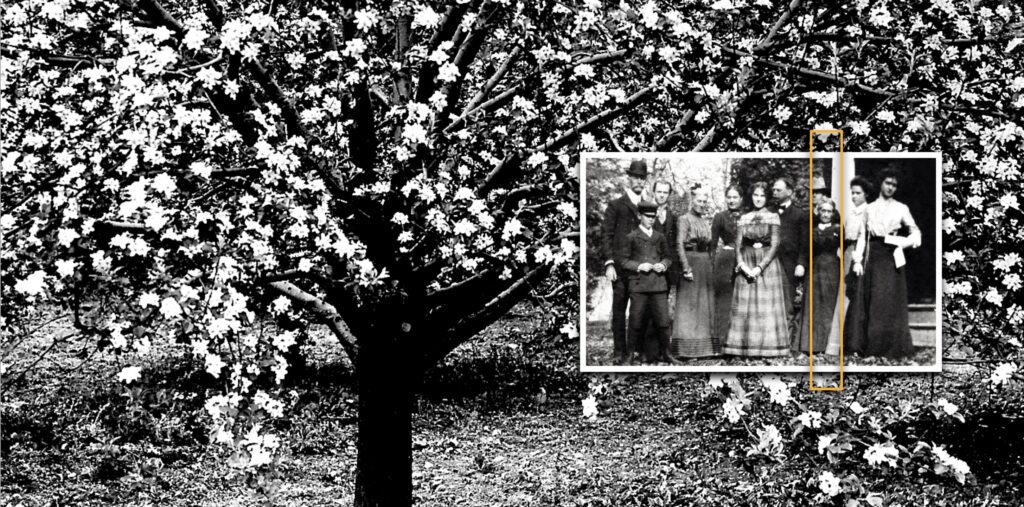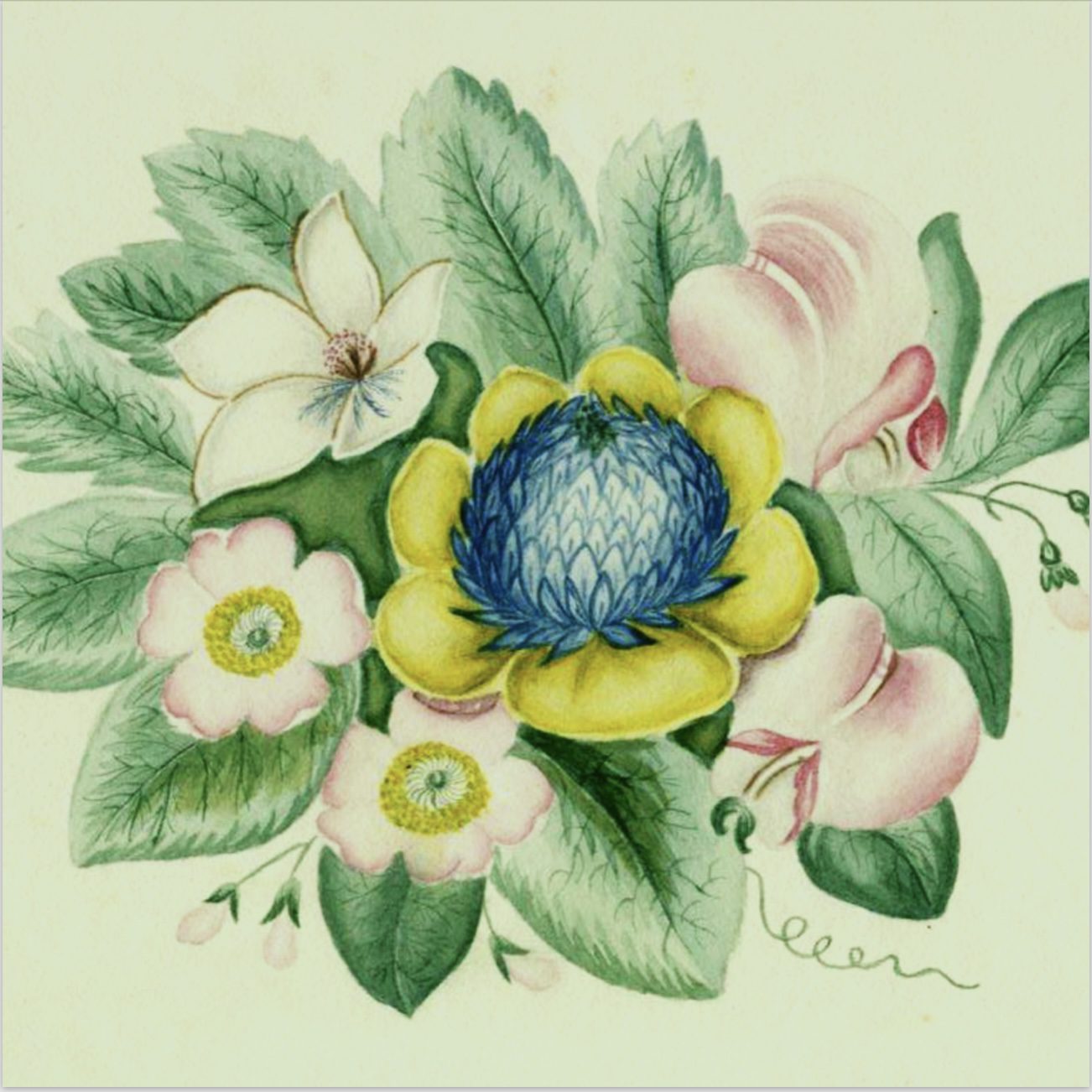

1
Viewing Now
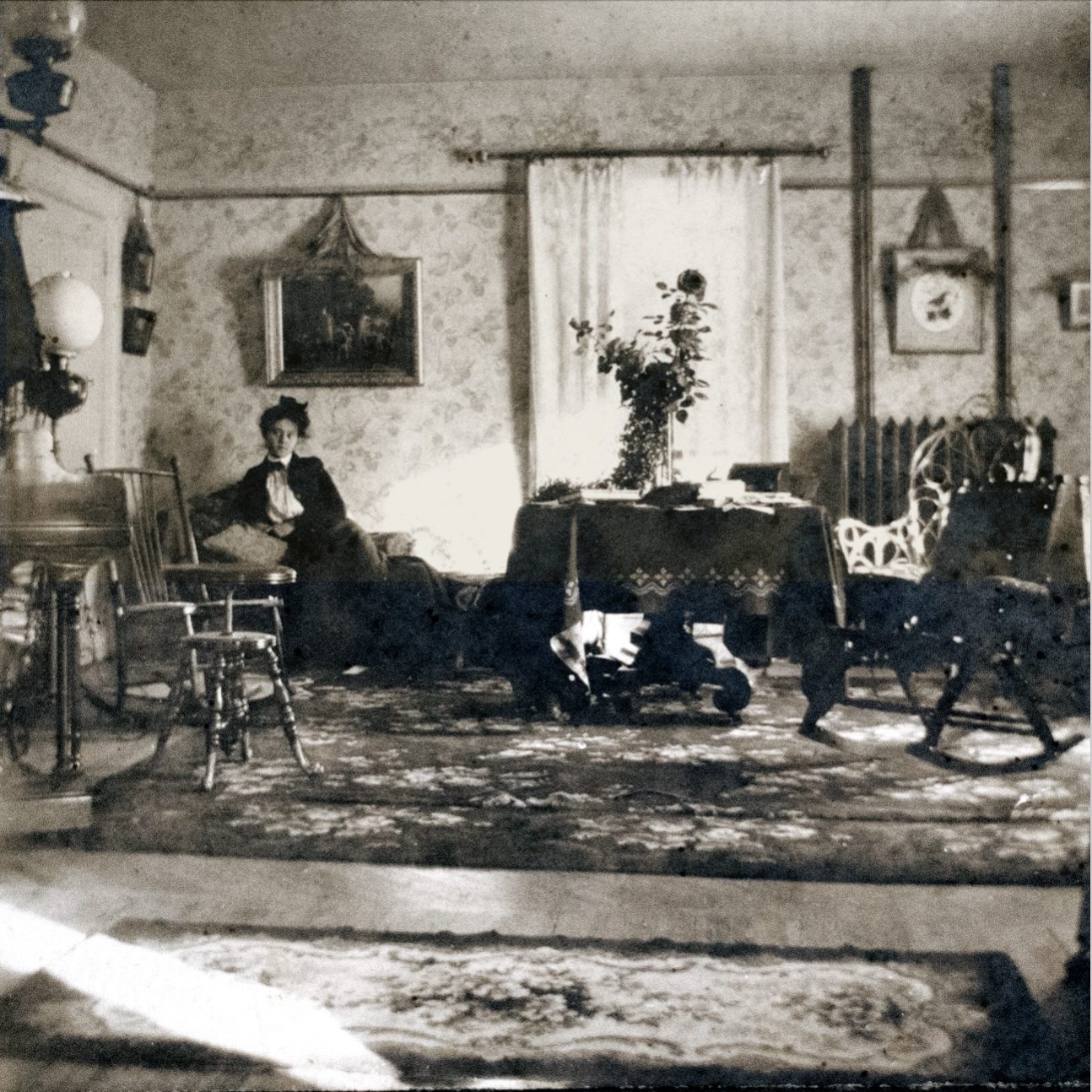

2


3


4
Fertile Ground: The Hudson Valley Animal Paintings of Caroline Clowes
Caroline Morgan Clowes was born on March 3, 1838 in Hempstead, Long Island.
While Clowes was an infant, her parents William Jones Clowes and Elizabeth Ann Hart moved Caroline and Lydia, her elder sister, from the relative sophistication of Long Island to a rugged, shared house in the remote woodlands of New York’s Sullivan County. They settled in the hamlet of Neversink Bridge, where her father hoped to develop a profitable business from the 10,000 acres of forested land he had inherited. Clowes’s mother admired the natural beauty of the area and believed it would provide a healthy environment for young children.
But such hopes were short-lived. Clowes’s mother died of consumption soon after the move, leaving her father to raise two young girls alone. Unable to cope, by 1851 William was forced to send Caroline and Lydia to live with relatives.
Caroline Clowes moved into the home of her late mother’s brother in LaGrange, New York. Her first Christmas at the house, which was affectionately called ‘Heartsease,’ she received five drawing books and the promise of lessons from her Aunt Adelia Nichols, a talented artist. Caroline wrote to her sister, “I hope I will soon learn to draw well!”
Clowes’s mother Elizabeth Ann Hart (1809-1840) was born in Hempstead, Long Island. She was the daughter of Reverend Seth Hart, the long-serving pastor of St. George’s Episcopal Church, shown here.
When Elizabeth Hart married William Clowes in this church in 1834, their union held great promise. Both descended from prominent seventeenth-century English families who settled in Connecticut and New York.
St. George’s Church, Hempstead, New York, 1933. Photograph. Historic American Buildings Survey, Library of Congress. William James Hubard, cut paper silhouette of Elizabeth Ann Hart, n.d. Hart Hubbard Collection of the Dutchess County Historical Society.
Clowes’s father William Jones Clowes (1803-1881) was a good man, but inflexible and so distracted by fanciful business schemes he struggled to be an effective parent.
Among his many unsuccessful projects, Clowes attempted to develop a wooden-track railroad, a numerical system derived from the Bible that he believed would close the growing gap between Christian belief and modern science, and a practice for global timekeeping measured from Jerusalem. He unsuccessfully sought support for this last venture from Samuel F.B. Morse.
Notebook of William Jones Clowes, 1865, Ink on paper, 14 x 8 inches. Hart Hubbard Collection of the Dutchess County Historical Society.. William Jones Clowes, n.d., Photograph, 6 x 4 inches. Hart Hubbard Collection of the Dutchess County Historical Society. Google Earth Pro 7.3.4.8642 (October 9, 2016). Hartwood, Forestburgh, NY. (Accessed October 29, 2022).
The home that Clowes lived in from age 13 until her death was built in 1839, more than ten years before Caroline Clowes’s arrival. Benjamin Hart and Elizabeth Nichols Hart completed their generously proportioned home in LaGrange, New York. They called it Heartsease in the hope it would be a place of both physical and spiritual comfort, the house sat on hundreds of acres of farmland. Blessing the home, the boss carpenter said, “Peace and plenty, always full and never empty.” And so it was: the house became home to extended family for generations. Living at Heartsease alongside Caroline Clowes was Elizabeth Hart’s unmarried sister, Louisa Adelia Nichols. A talented artist, she quickly became an important mentor and teacher to the young Clowes.
Apple Tree, Heartsease, LaGrange, New York, n.d., Photograph, 12 x 16 inches. Hart Hubbard Collection of the Dutchess County Historical Society. Hart Hubbard family outside of Heartsease, LaGrange, New York, n.d., Photograph, 5 x 5 inches. Hart Hubbard Collection of the Dutchess County Historical Society.

